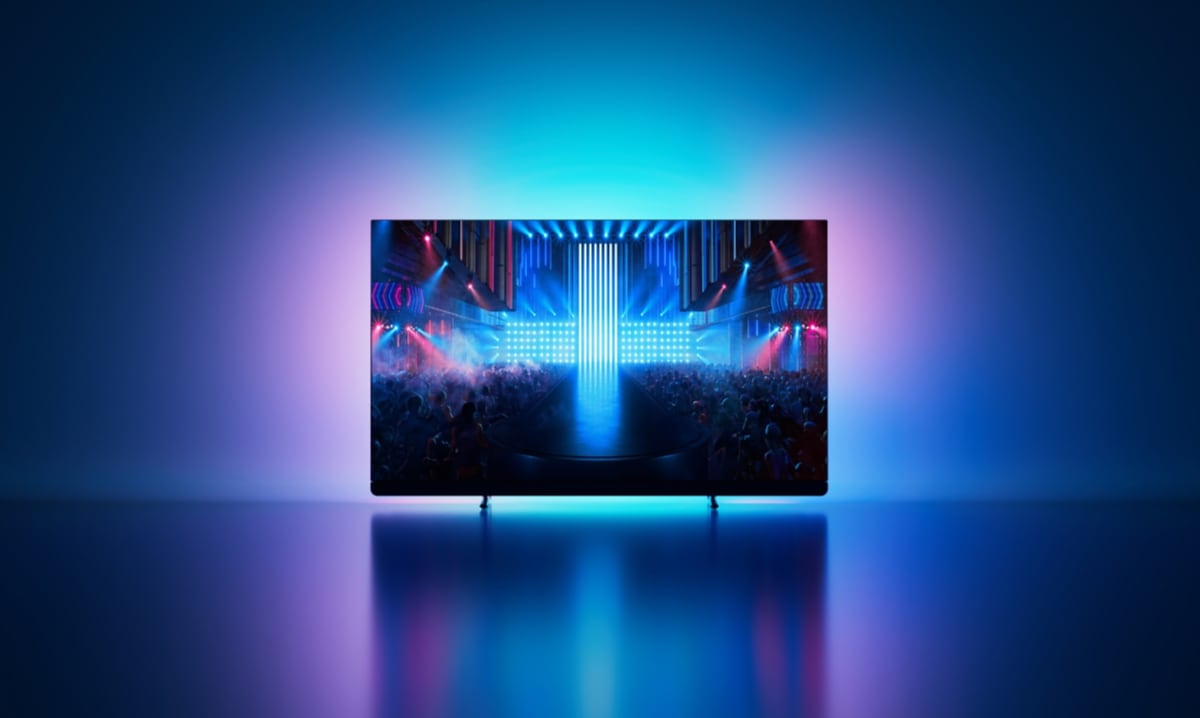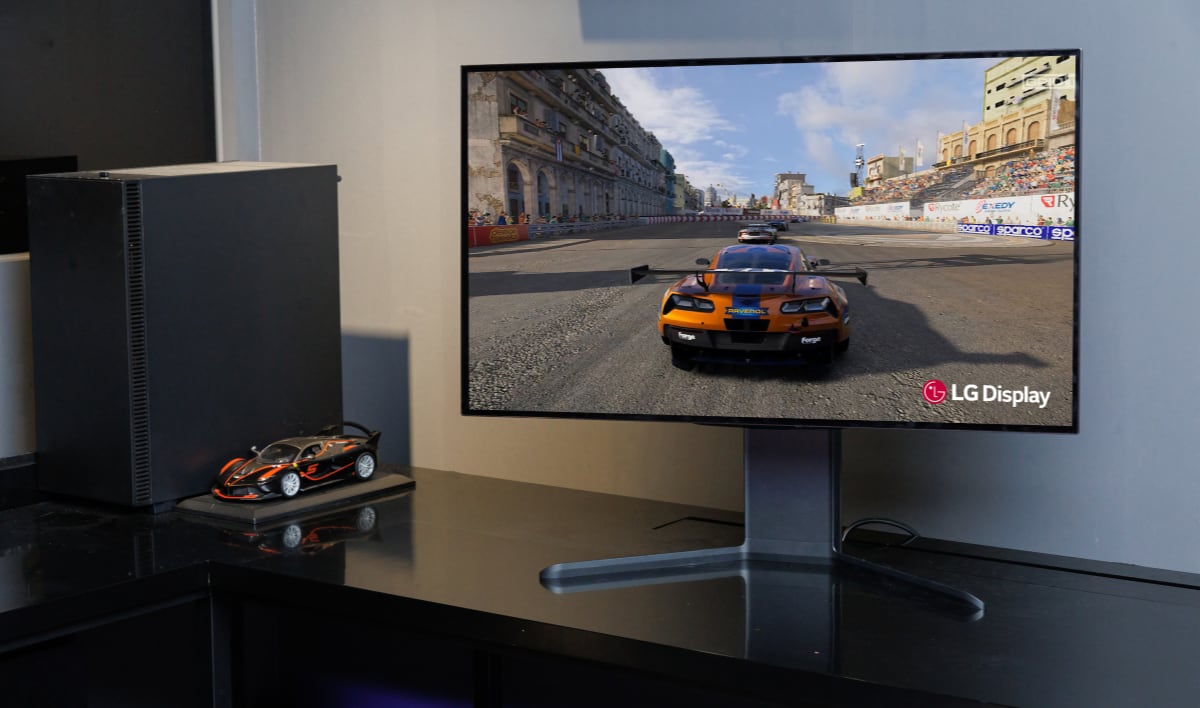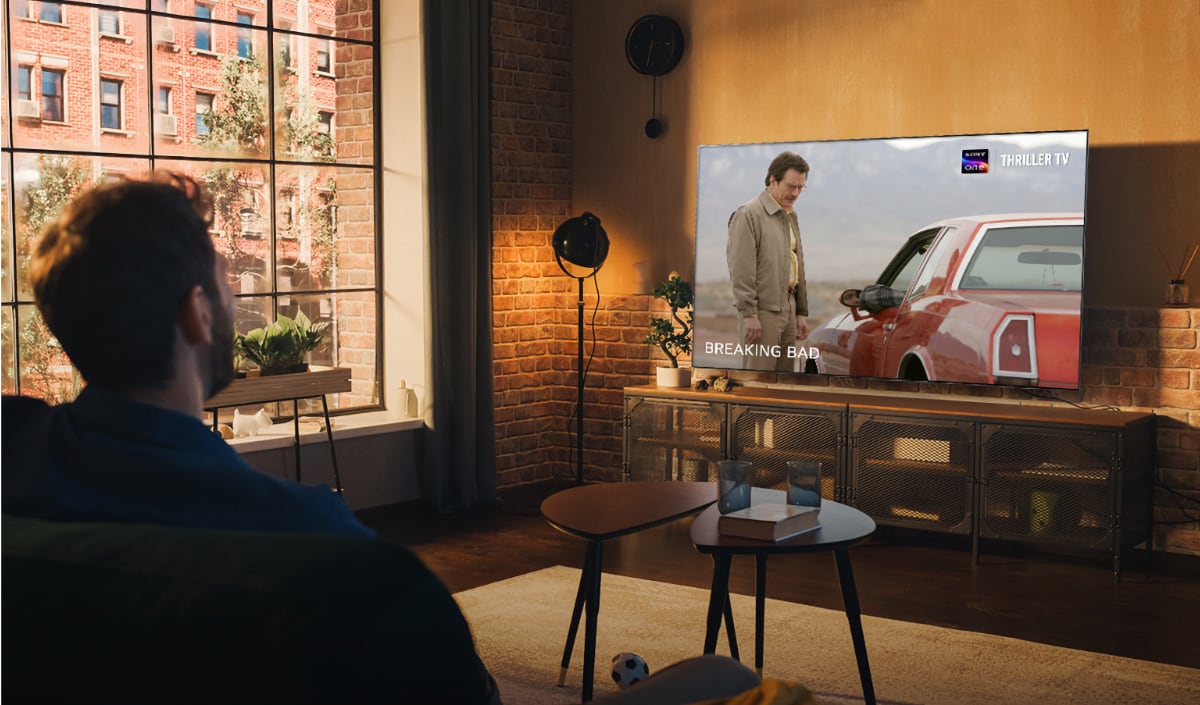Remember when LG launched the 136-inch "Magnit microLED TV" last year for $300,000? You can now save $63,000 if you buy the smaller 118-inch!
In early 2018, "microLED" was positioned as an emerging competitor to OLED TV and some were quick to declare OLED passé. These first true LED TVs, marketed as "micro" despite the LEDs not being micro in scale, deliver the "best of both worlds", some quarters argued.
This could still happen but almost 6 years later we are left utterly disappointed. OLED technology has gotten cheaper and has been enhanced with quantum dots and MLA technology, while "microLED" remains a fata morgana.

LG's 118" LED TV is prohibitively expensive but looks pretty. Photo: LG
Not ready for prime time
LG's launch of a 118-inch 4K LED TV, marketed as 'Magnit', at the 2023 CEDIA Expo is a reminder.
Priced at $237,000, it is so far out of reach for normal consumers that it is difficult to take the emerging display technology seriously as a contender in the marketplace – despite the excellent picture quality.
In addition, these +100-inch LED TVs typically consume thousands of watts in use, which is a real problem in Europe where microLED and 8K LCD/OLED TVs are no longer exempt from having to comply with the EU's strict energy regulations.
Of course, this is not only about LG. Samsung has announced "microLED" as the next big thing every year at CES since 2018 and now insists that the first living room sized versions will launch later this year. Sony is also offering LED TVs for insane prices.
Also read: First look: Samsung's 110" microLED TV
The only thing we can say with certainty is that LED TVs are still not ready for prime time. Omdia (IHS Markit) said in 2019 that it does not expect "microLED" to reach the mass market before 2026 (with 16 million units sold). We remain skeptical.










